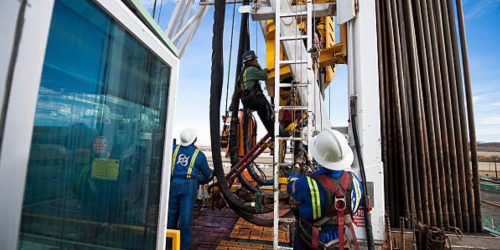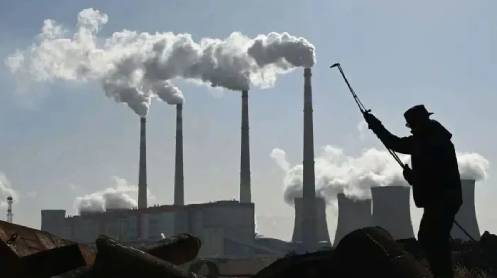Experts are cautiously optimistic that recent gains pushing the price of oil to around US$60 a barrel are a sign of good things to come.
That’s welcome news after an industry downturn followed by the impacts of the coronavirus torpedoed prices and caused massive layoffs, even company closures.
Now, supply cuts by major producers and optimism over the likelihood of increasing demand have driven prices to their highest in more than a year. That rise could continue as Saudi Arabia and OPEC continue supply reductions, the Chinese seek more crude oil, and if the rollout of COVID-19 vaccines leads to more economic activity and increased energy demand worldwide, industry investment and capital projects could rise simultaneously.
The Canadian Association of Petroleum Producers (CAPP) is forecasting a 14% increase in upstream oil and natural gas investment in 2021, with capital investment predicted to be C$3.6 billion higher this year, reaching $27.3 billion. That’s well below the $81 billion spent in 2104 but it’s still encouraging. The Petroleum Services Association of Canada is predicting crude oil prices will rise 19% with the number of wells drilled this year across Canada estimated to hit 3,350.
“Oil prices stability creates more reliability and certainty for our sector’s operations, which leads to the anticipation of an increase in investment,” said CAPP media relations manager Jay Averill. He said the International Energy Agency (IEA) is projecting the global economy will return to pre-COVID levels in 2021 while global energy demand should reach its record pre-crisis levels in early 2023.
“The increase in capital spending expected for 2021 signifies a stabilizing of the industry but is still far off the $34 billion of investment the industry saw in 2019,” he said. “Right now we believe the industry is at the start of a long road to recovery, the speed of which is dependent on the effectiveness of vaccines and the opening up of economies around the world.”
As all countries re-open their economies, it is also crucially important to make policy decisions that position Canada for success in a hyper-competitive international market for private investment. In the near term, the completion of the Line 3 and TMX pipeline expansions will offer access to new markets and room for near- to medium-term growth for oil producers. Looking at the next two decades, the demand for heavy oil and bitumen globally is expected to grow by about 23% and the IEA predicts that Canada will be needed to provide around 79% of that total.”
In the U.S., US$60/barrel prices are welcome news but the industry remains “a ways off” from a rebound, said Ryan McConnaughey, communications director for the Petroleum Association of Wyoming, explaining that Wyoming takes a significant price reduction from the WTI price due to the cost of transportation to market, and the regulatory burden of operating on federal lands.
“The single most important factor in seeing Wyoming’s natural gas and oil industry recover is the pandemic subsiding and economic activity resuming. The demand for petroleum products plummeted with the economic shutdown causing a global slump in energy markets. Beyond that, we are closely watching the decisions coming out of the Biden administration that are leaving a great deal of uncertainty in the industry.”
Opportunities also exist in Canada for the natural gas sector, Averill said, such as filling an anticipated gap in production with the slowdown of drilling in large U.S. shale basins like the Permian and Eagle Ford. Long-term, Canada’s biggest growth opportunity in natural gas is the continuing development of the country’s emerging LNG industry.
“Natural gas is expected to be one of the fastest-growing sources of energy globally over the next two decades and Canada has both the resources and expertise to capitalize on that growing market.”
But negative factors remain. There is still limited market access, thanks in part to the Keystone XL cancellation, which means industry must rely on crude-by-rail which is costlier and higher-emitting than pipelines. Also, policies that would not support recovery and drive oil and natural gas investment to other, higher-polluting jurisdictions will only result in threatening the recovery and increase global greenhouse gas emissions.
“The upstream oil and natural gas sector helped drive the Canadian economy through past recoveries, notably after the 2008 worldwide economic downturn, and the industry is poised to do that again,” said Averill. “Canada has the resources and expertise to enable a long-term recovery that is sustainable and resilient. Our industry has the nationwide reach to stimulate broad, large-scale economic recovery and to sustain Canada’s financial future.
“Canadians can continue to count on the oil and natural gas sector and our highly-skilled workforce. We are ready to work with provincial and federal governments to get Canadians back to work, drive innovation, advance Indigenous prosperity and support Canada’s recovery. At the same time, we are equally focused on building a lower-carbon future for Canadians and the world.




